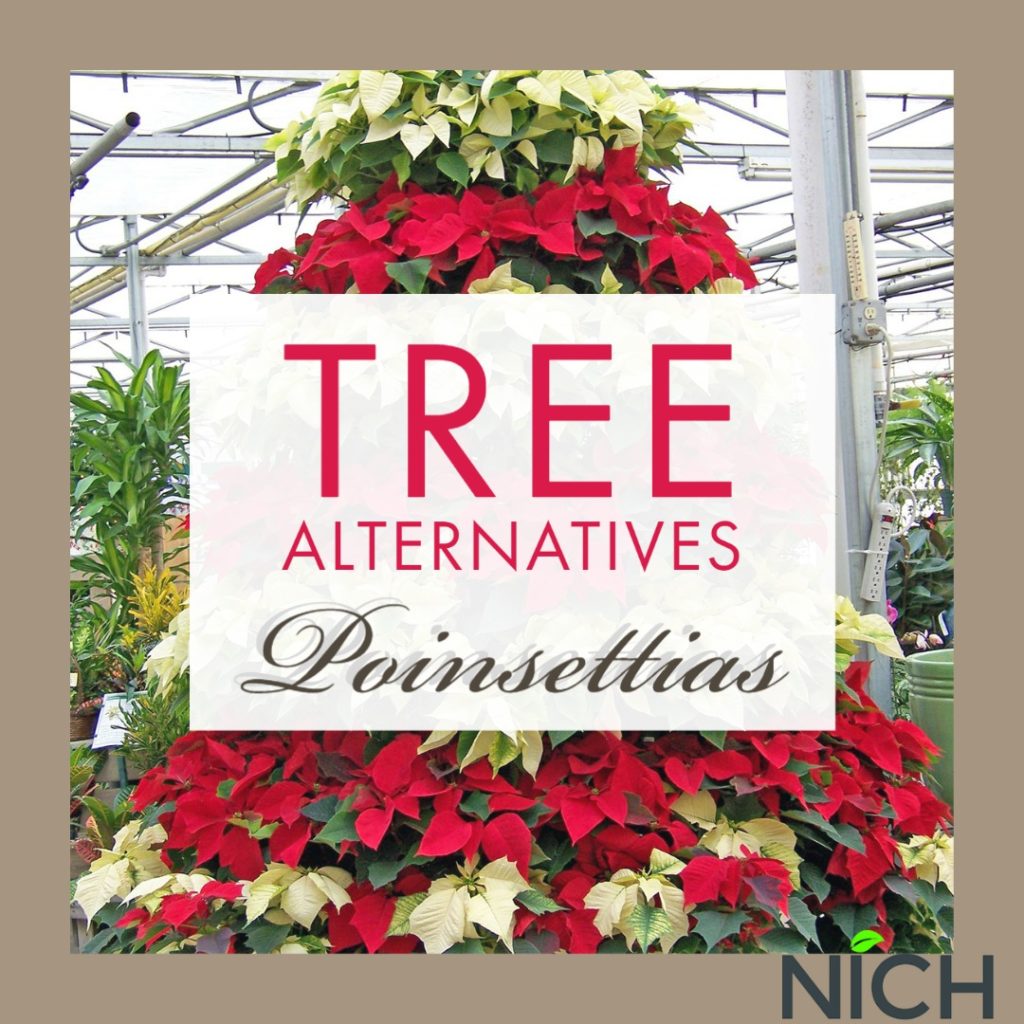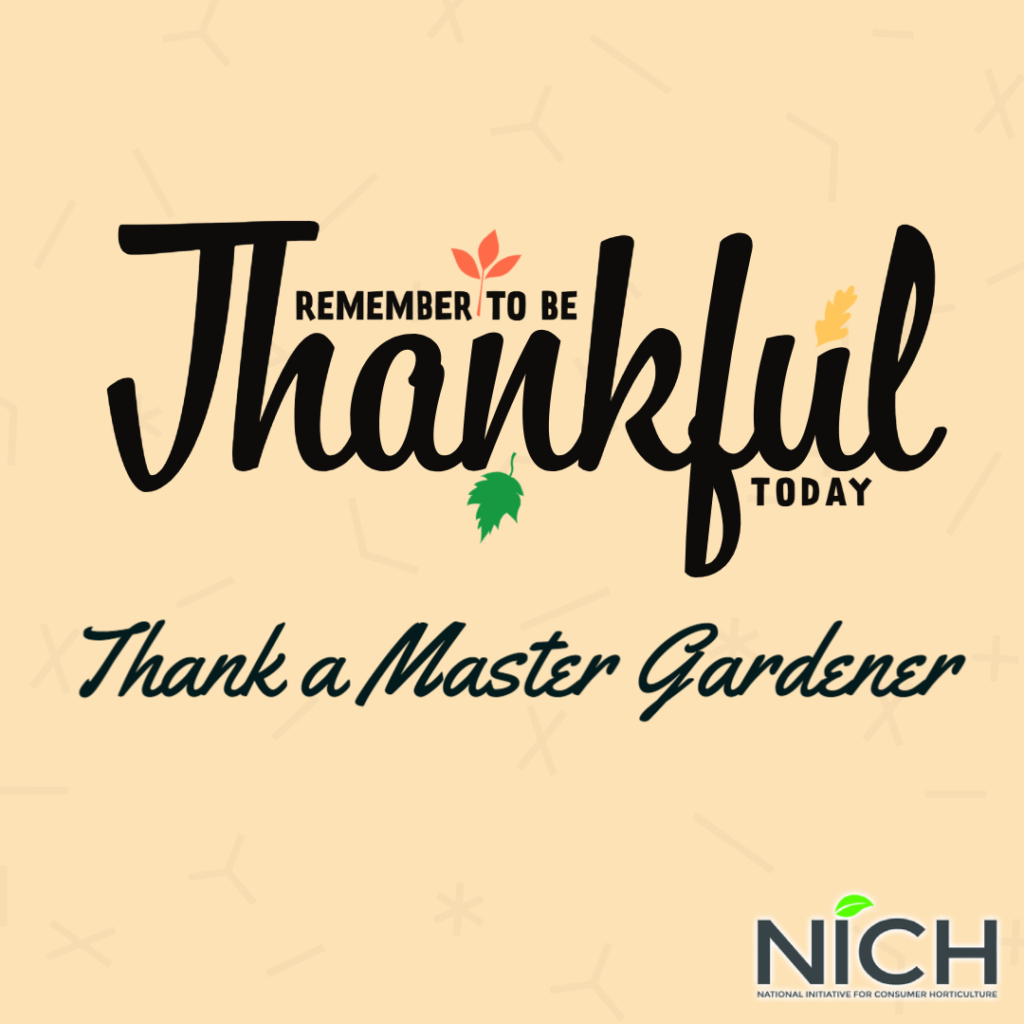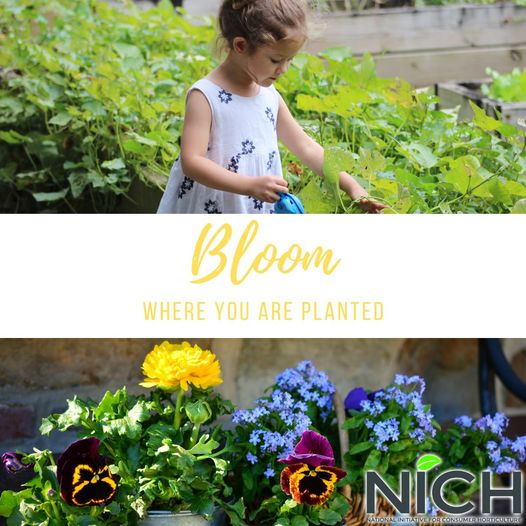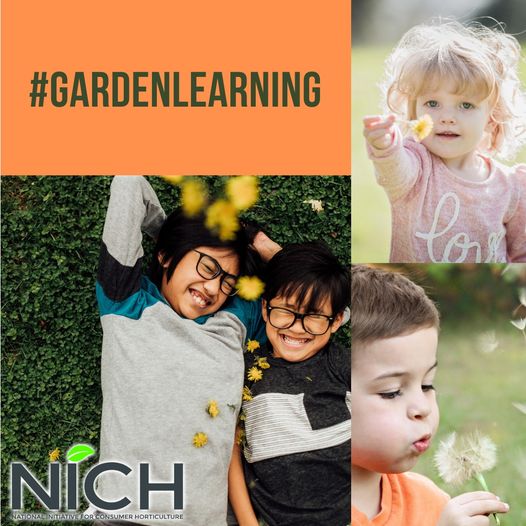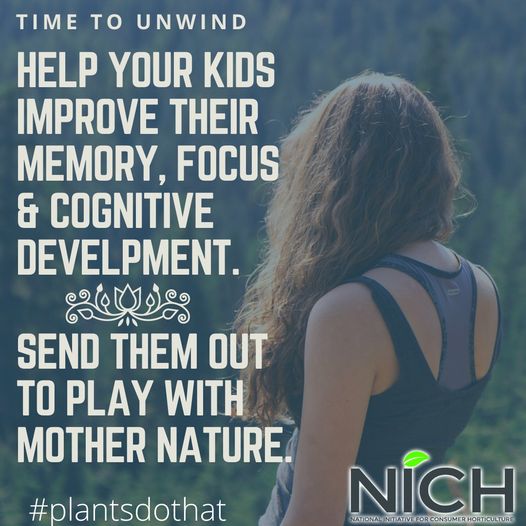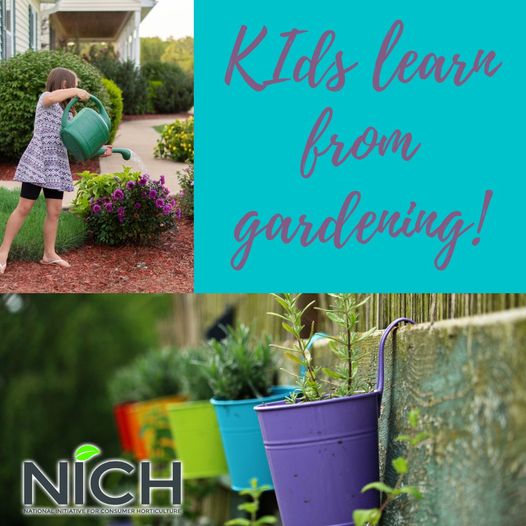We all know the holidays are supposed to be festive and joyous, and we also all know the reality is they can hold a large amount of stress. This year’s supply chain disruptions threaten to turn even the annual hunt for a holiday tree into a source of anxiety. But don’t worry—plants to the rescue!
Plants are already proven to be a reliable source of good feelings. In the infographic #PlantsDoThat Where We Live, NICH (consumerhort.org) points to research showing that plants stimulate both a physiological and psychological relaxation response. Even if you can’t get outside to destress with forest bathing, indoor plants psychologically link us to nature.
If you are having trouble finding a big, traditional tree, or just want an updated idea for your decorations, try one of these options.
In a recent blog post, consumer plant brand Monrovia suggested several smaller alternatives to the traditional tree, including dwarf conifers like Alberta spruce or mugo pine, fragrant culinary plants like sweet bay (also the perfect gift for a cooking enthusiast on your list), or even a large houseplant. Abdijan Rubber Plant (Ficus elastica) has bright red spathes on new leaves for a cheery holiday hue.
Poinsettias are another classic holiday plant. Upsize from one or two by the fireside by stacking them in a tiered or pyramid shape. One of those trendy tiered ladder shelves can help you create your display, or simply stack your plants on a series of gift-wrapped (empty) boxes.
Or take the vertical garden idea farther and create a tree wall mural with hanging wall planters. Plenty of styles are available from your favorite retailer, and can be used for potted plants, houseplant cuttings in water, or even air plants.
Succulent trees took Pinterest by storm last year and are a fun craft project for an afternoon. Start with a florist foam cone shape from the craft store and cover it in damp sheet moss. Using florist pins, attach small succulents to cover the cone. To keep costs down, try using hens and chicks or cuttings from sedum. Keep it misted during the winter to keep it fresh. You can even replant the cuttings in the garden next year if they root.
More findings on the the benefits of plants can be found in the infographic, “#PlantsDoThat,” available for download, reprint, or adaptation at consumerhort.org. When posting on social media, please use the hashtag #PlantsDoThat.
The National Initiative for Consumer Horticulture (NICH) is a consortium of industry leaders who are promoting the benefits and value of horticulture. NICH brings together academia, government, industry, and nonprofits to cultivate the growth and development of a healthy world through landscapes, gardens and plants — indoors and out.
Please feel free to share or adapt this article in your newsletter or other customer communications.
Extension Master Gardener Appreciation
Across history, people have found comfort putting their hands in the soil, growing their own food, and planting flowers. This has certainly been the case through Covid. Nationally, we’re experiencing a proliferation of first-time and returning gardeners, planting vegetables, curating flower collections, and generally finding peace in the garden. Today, many gardeners come to this beloved activity with very little gardening background. Fewer new gardeners have a family history of farming or grow up on large parcels with subsistence gardens. So, for those seeking support in acquiring a green thumb, where do they turn?
Enter the Extension Master Gardener program. In each state, land grant colleges have a Cooperative Extension system, through which the college provides research and education in local communities. One impactful program of Cooperative Extension is the Extension Master Gardener program. Through this program, members of the public are trained in research-based food gardening, sustainable landscaping, and extension teaching practices. In exchange for training, Extension Master Gardener volunteers donate their time to answering gardening questions from the public. In 2018, Extension Master Gardener volunteers gave 6.5 million hours of their time to the program and educating the public.
The almost 90,000 Extension Master Gardener volunteers share something special – they all have a passion for gardening and a desire to share their gardening knowledge in their local communities. April is National Gardening Month and this week is National Volunteer Appreciation Week. It is also the ideal time to recognize and celebrate the incredible Extension Master Gardener volunteers who support our neighbors, community and school gardens, and more.
“Extension Master Gardener volunteers are such an important part of our consumer horticulture community! Volunteers share information and resources grounded in science. By doing this, they connect university research to practice. They support the success of gardeners and inspire a lifelong practice of growing plants that supports healthy people, communities, our environment and our industry.” – Missy Gable, UC Master Gardener Program Director and NICH member
Through the pandemic, Extension Master Gardener volunteers rose to the new virtual challenge of addressing gardening questions that were flooding into offices and email. As new gardeners proliferated, so did virtual classes, video-based plant diagnostic services, garden-at-home kits, and more. We are grateful for Extension Master Gardener volunteers and their service to support gardeners. Despite the chaos of the pandemic, gardeners seeking support, inspiration and ideas had (and continue to have!) a strong resource with the Extension Master Gardener Program. Curious about the program in your state? Connect for more information!
The National Initiative for Consumer Horticulture (NICH) is a consortium of industry leaders who are promoting the benefits and value of horticulture. NICH brings together academia, government, industry, and nonprofits to cultivate the growth and development of a healthy world through landscapes, gardens and plants — indoors and out.
Fall Planting Trees
Many people think that fall is the end of the growing season, and in many parts of the country, it is quite the contrary. Depending on your planting zone, fall can be an ideal season for planting trees, shrubs, and other ornamentals. The key is encouraging good root growth. Planting trees and shrubs in fall enables the root systems to grow before the hot summer returns.
There are several benefits to fall planting. Trees planted in the fall are better equipped to deal with summer heat and drought. Another great reason to plant your shrubs in the fall is because you can pick your trees and shrubs by the fall color they produce! Smaller plants will be established before winter sets in, and get a head start over shrubs in the spring. Larger plants will also get a head start in becoming established during the winter and early spring months.
Fall officially begins with the autumnal equinox in late September. The ideal time to begin planting trees and shrubs is six weeks before the first sign of hard frost. September through November is the ideal time for tree planting because it allows the roots to become established before the ground freezes and winter sets in – and in the south, the planting season can extend for several months beyond November.
Cooler, wetter weather is the perfect time for tree planting. Your tree will require the same care no matter what time of year you plant. Always mulch a two to three-inch ring of mulch around the base of your tree—but don’t pile it against the trunk. Water your tree right after planting, even if it is cold outside. With an increase in rainfall and cooler temperatures in the fall, less watering is required, but pay attention to rainfall levels and water as needed. As tree shoot growth halts, the trees require less water because the days are cooler and shorter and the rate of photosynthesis decreases. Stable air temperatures also promote rapid root development. Soils stay warm well after the air temperature cools, also encouraging root growth. During shoot dormancy, trees grow to establish roots in new locations before warm weather stimulates top growth.
Your local county cooperative extension service can provide you with recommended trees to suit your planting zone, sun, shade, and soil requirements.
NICH Nominates Two Members for the USDA Advisory Committee of Urban and Innovative Agriculture
NICH has nominated two members to serve on Agriculture Secretary Vilsack’s Urban Agriculture and Innovative Production Advisory Committee. This committee will advise the U.S. secretary of agriculture on the development of policies and outreach relating to urban, indoor, and other emerging agricultural production practices, as well as to identify any barriers to urban agriculture.
“It is critical that individuals with extensive knowledge of Consumer Horticulture serve on the advisory committee and our candidates have that in spades,” noted Ellen Bauske, Chair of NICH. “Consumer Horticulture is the agriculture that 98% of Americans see every day and innovations show up there first.”
Mason Day of JR Peters Inc. has exceptional experience in urban, indoor, and other emerging agriculture production practices. In his role as co-founder of the GrowIt! App, his focus was to increase the level of plant knowledge in consumers nationwide. He helped motivate those living in urban environments to connect plants with their communities, empowering them to learn from each other and introducing them to experts in the area. He was able to identify and help several communities growing food within the urban environment. Many of the challenges urban farmers face are unlike their rural or even suburban counterparts. Mr. Day is keenly aware that this sector’s challenges are best met with inventive technological solutions. He has worked hard to highlight them and make them more widely available.
Missy Gable has rich and varied academic experience. She is currently the Director of University of the California Master Gardener Program, providing academic and administrative leadership to the program. The UC Master Gardener Program is a Cooperative Extension stronghold with over 6,000 volunteers and a value of over $15.5 million. Her program serves the 40 million residents of California, 95% of whom live in urban areas. It is well-known for its innovations in extension education delivery. Ms. Gable has frequently encountered and worked with California’s resourceful urban agricultural entrepreneurs. This has provided her with a unique perspective on the diversity and inclusion challenges faced by these farmers and commercial gardeners.
Both nominees are members of the National Initiative for Consumer Horticulture (NICH) and serve on our Executive Committee. NICH (consumerhort.org) is a consortium of industry leaders who are promoting the benefits and value of horticulture. NICH brings together academia, government, industry, and nonprofits to cultivate the growth and development of a healthy world through landscapes, gardens, and plants — indoors and out.
The Urban Agriculture and Innovative Production Advisory Committee would benefit from the passion and knowledge of either or both these members.
Growing Up in the Garden
School gardens are nothing new. The first recorded school garden program in Europe was in 1811 and the first of the American school gardens was in 1891. Victory gardens in the United States School Garden Army (USSGA) became popular during WWI. The goal was to incorporate an agriculture curriculum into public school education. At that time, the schools grew relief gardens during the Great Depression and they were used to raise the spirits of the local citizens and nourish the students and their families.
During WWII, victory gardens were popular again. The green revolutions of the 1970s and 1990s led to school garden initiatives and the trend continued with Michelle Obama’s ‘Let’s Move Campaign’. Today the USDA National Farm to School Movement is continuing the efforts of educating children about vegetable gardening and both the nutritional and well-being benefits of growing and consuming these foods.
Research compiled by the National Initiative for Consumer Horticulture (NICH) reveals the benefits of plants and gardening on the learning process, including a 10% or more improvement on test scores, an increase in positive feelings, a reduction in misbehavior, and an increase in creativity and a calmer more relaxed mood reported by both teachers and students.
More findings on the learning benefits of plants can be found in the infographic, “#PlantsDoThat Where We Learn,” available for download, reprint, or adaptation at consumerhort.org. When posting on social media, please use the hashtag #PlantsDoThat.
The National Initiative for Consumer Horticulture (NICH) is a consortium of industry leaders who are promoting the benefits and value of horticulture. NICH brings together academia, government, industry, and nonprofits to cultivate the growth and development of a healthy world through landscapes, gardens and plants — indoors and out.
To celebrate Kids Gardening Month, we’ve compiled a “Horticulture Hunt” for you to share and engage in! Check it out.
Please feel free to share or adapt this article in your newsletter or other customer communications with credit to NICH/consumerhort.org.
Fight March Winds with Windbreaks
A few properly placed shrubs and trees can significantly cut winter winds – and home energy costs.
Wind affects the temperature inside your home by pushing the air you’re paying to heat out of cracks and openings in your home — a process called air infiltration. Sealing those cracks inside your house can help, but so can trees and shrubs outside the house.
Dense evergreens planted on the north or northwest side of your home can help slow and deflect these winds. An understory of densely-branched shrubs can help to fill any gaps.
The U.S. Department of Energy says that just three properly placed trees can save $100 to $250 in energy costs per year. The Arbor Day Foundation estimates a windbreak can lower your heating bills by 10 to 20 percent. Research conducted in the Great Plains region puts the savings as high as 25 percent!
Landscaping can also help with cooling costs in summer. Research compiled by NICH (National Institute for Consumer Horticulture) shows a 25-foot tree reduces annual heating and cooling costs for the typical home by 8 – 12 %.
More findings on the environmental benefits of plants can be found in the infographic, “#PlantsDoThat for Cities and Suburbs,” available for download, reprint, or adaptation at consumerhort.org. When posting on social media, please use the hashtag #PlantsDoThat.
The National Initiative for Consumer Horticulture (NICH) is a consortium of industry leaders who are promoting the benefits and value of horticulture. NICH brings together academia, government, industry, and nonprofits to cultivate the growth and development of a healthy world through landscapes, gardens and plants — indoors and out.




